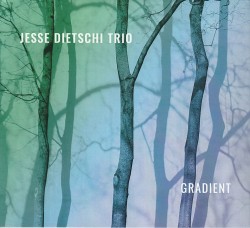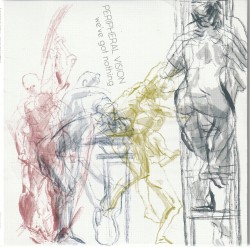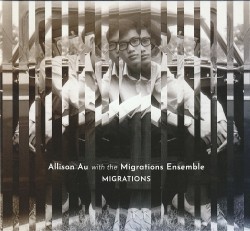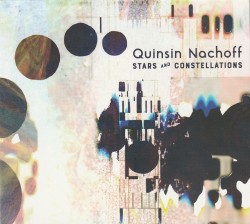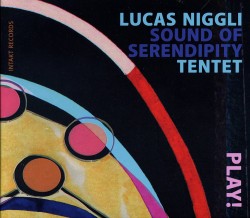Recent History - Mike Murley; Mark Eisenman; Neil Swainson; Terry Clarke
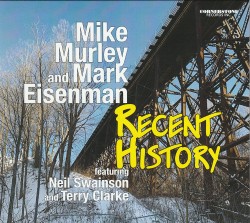 Recent History
Recent History
Mike Murley; Mark Eisenman; Neil Swainson; Terry Clarke
Cornerstone Records CRST CD 166 (cornerstonerecordsinc.com)
Craving the perfect musical accompaniment to those cozy winter nights spent at the fireside, a warm drink in hand? Stellar duo Mike Murley and Mark Eisenman’s newest release is just the soundtrack you’re looking for. Mellow sax melodies and catchy piano riffs make for a warm, inviting record that conjures images of a snug living room and music floating softly in the background, watching the snow fall softly. Featuring all-stars Neil Swainson on bass and Terry Clarke on drums, Murley/Eisenman’s compositions soar to new heights via these fabulous backing musicians.
The album harkens back to the classic jazz sound, featuring standards by greats such as Monk, Schwartz and Strayhorn. Yet just the right amount of modernity is brought into the mix, with Murley and crew adding a pleasing contemporary twist to the pieces to swiftly bring them into a current musical setting, as is heard in the time-honoured Monk’s Dream. Murley/Eisenman mention that the album “[reflects their] shared interest in writing new melodies on standard chord progressions,” otherwise known as contrafacts. What also adds a unique spark to the record is the several pieces that showcase Murley/Eisenman’s shared, intertwining solos that soar lyrically overtop of Clarke’s constant, energy-laden beat and Swainson’s rhythmic bass riffs. For those jazz aficionados looking for a foray into the past while also remaining present in the current day, this is a great album to add to the collection.


